Potatoes
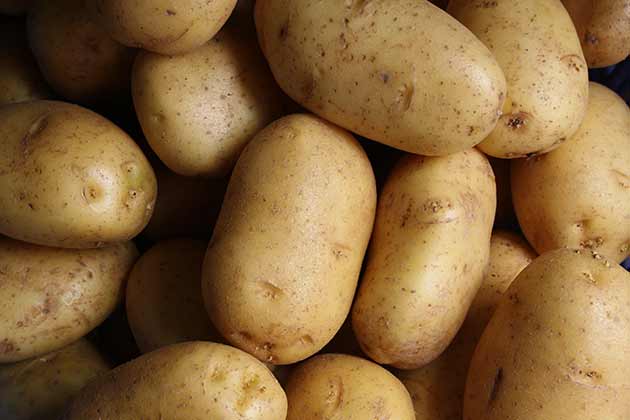
Who doesn’t love potatoes? They’re great for some of the best stews, casseroles, and sides you’ve ever tasted. Most of the time, this food is perfectly fine. But, if you ever find a potato with some green coloration, especially in the eyes or sprouts, beware.
When potatoes are green, it means they contain the highly toxic alkaloid solanine. Eating green potatoes can cause vomiting, diarrhea, headaches, paralysis, comas, and even death. Sickness can strike quickly after eating these potatoes, so watch out for any green!
Almonds

Almonds are one of the most popular nuts on the market. It’s easy to understand why. They work great as a snack by themselves, on the salads we eat when we’re trying to eat healthily, and in candy bars! They’re extremely versatile, but there’s one type of almond that is illegal to sell in the states.
Bitter almonds contain trace amounts of hydrogen cyanide. It’s pretty obvious why we can’t eat them. It’s sad too because bitter almonds are supposed to be the most flavorful type of almond.
Nutmeg

You know that delicious spice that seems to surface every fall? Well, you probably didn’t know it was a hallucinogen. Consuming one to three tablespoons is enough to send you into an altered state of mind, but be careful.
The side effects are terrible, and they include a two-day hangover. In fact, the hallucinogenic effects could be active for as long as six months. It’s best to be cautious with this spice.
Mushrooms
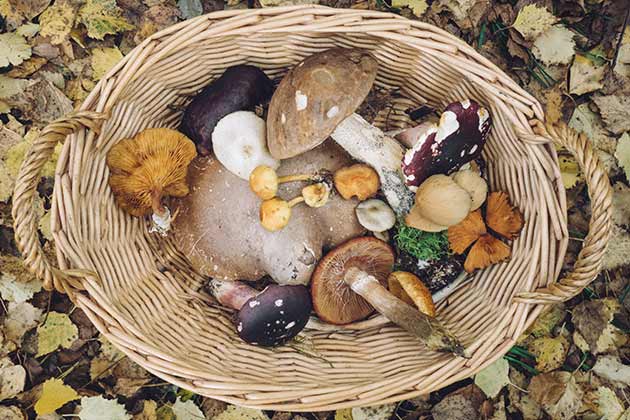
Mushrooms seem to be a love-it or hate-it kind of thing. Some people are super grossed out by eating them, but other people can’t eat pizza without it! If you are in the “love-it” category, be careful. Stores only sell very specific types of mushrooms, and these are the only types we should eat.
Wild mushrooms are significantly more likely to be one of the poisonous types of mushrooms, sometimes referred to as toadstools. Even the store-bought mushrooms can cause digestive problems, though, so make sure you cook them well.
Red Kidney Beans
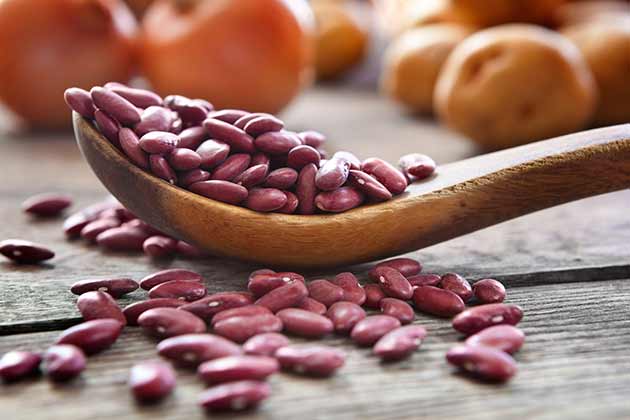
Red kidney beans contain the toxin Phytohemagglutinin. You read that right. They contain the infamous Phytohemagglutinin. Never heard of it? That’s probably because the name is so long you probably didn’t even read it, and you definitely don’t want to have to say it all the time.
But it’s in red kidney beans. It’s a chemical that is cooked out of the beans, so you really just make sure you’re thoroughly cooking your beans to avoid the toxic levels of Phytohemagglutinin found in them.
Cashews

Cashews are definitely growing in popularity, but how much do you really know about them? “Raw cashews” are amazing, but did you know they aren’t actually raw? Cashews come from a plant that is closely related to poison ivy.
When they are truly raw, cashews contain the same chemical, urushiol, that poison ivy does. Because of this, cashews must be cooked or steamed before they’re put on the market.
Tuna
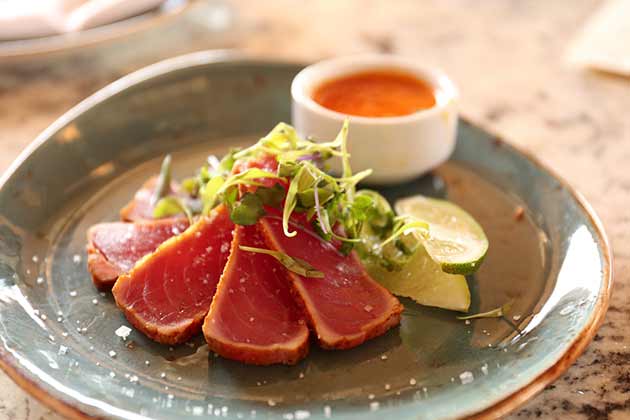
Tuna is probably the most common types of fish we see eaten in America. After all, they do make great, if smelly, sandwiches. Tuna contains mercury -- something we all know is bad for us.
Because of the mercury, tuna should be limited to 12 ounces a week for light tuna and 6 ounces for albacore. Children should only have tuna a few times a month.
Elderberry
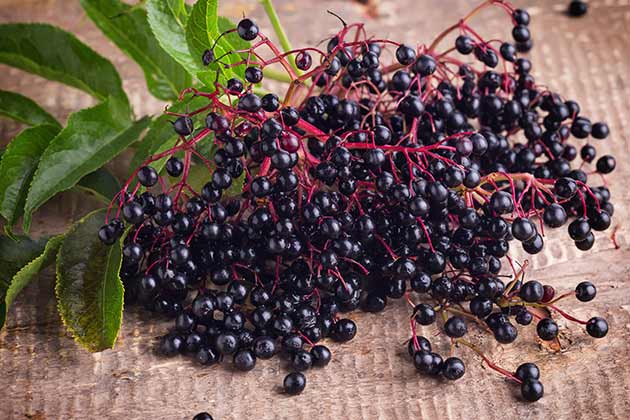
Elderberry is great for home remedies, but eating raw elderberries may require some home remedies. Elderberry seeds contain glycosides that break down into cyanides, but these are easy to deal with.
Simply cook the berries to make them safe to eat. Otherwise, you could be temporarily hospitalized.
Apples

An apple a day keeps the doctor away, right? Well, usually. If you make a habit of eating the seeds, you might need the doctor. Apple seeds contain cyanide. There isn’t quite enough cyanide to kill you if you eat just one apple’s seeds, but you probably won’t be feeling too great afterward.
The fruit itself doesn’t contain any poison, though. They contain plenty of nutrients. Just remember that you should be extra careful when it comes to the core!
Lima Beans

You know how you never wanted to eat lima beans growing up? Well, that was before you found out that they can be dangerous. Now, you’ll want to eat them even less.
Raw lima beans contain a chemical called linamarin, a nice-sounding chemical that breaks down into hydrogen cyanide. Luckily, thoroughly cooking lima beans will make them safe again.
Cherries
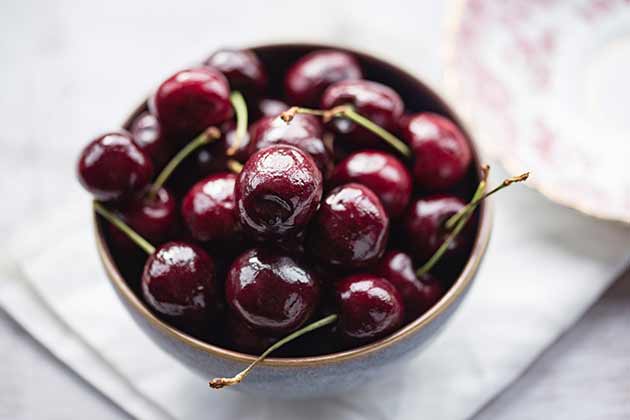
What’s ice cream without a cherry? Not a proper dessert. There’s a reason those cherries are always of the seedless variety. The pit of a cherry is extremely fragile and even more dangerous. When they are chewed, crushed, or damaged, they release the poison hydrogen cyanide.
Only a few pits need to be eaten for you to be sent off to the hospital. In fact, in 2017, a British man ate three and nearly died. This is one fruit you really want to be careful when eating.
Tomatoes
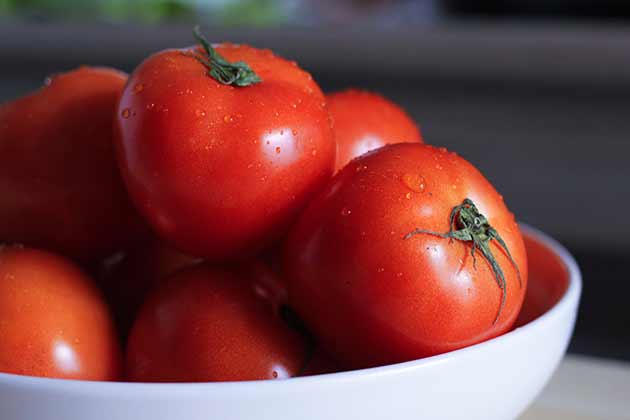
Tomatoes contain a very creatively named poison: tomatine. It just sounds like it comes from a tomato, right? There’s not too much in the fed fruit of the plant, but there’s plenty of this chemical in the leaves and stems. It’s a natural pesticide for the tomato.
People rarely eat the leaves of tomatoes, but some do cook with them. If you’re one of those people, make sure to remove the leaves before you start serving that amazing dish you just made.
Brazil Nuts
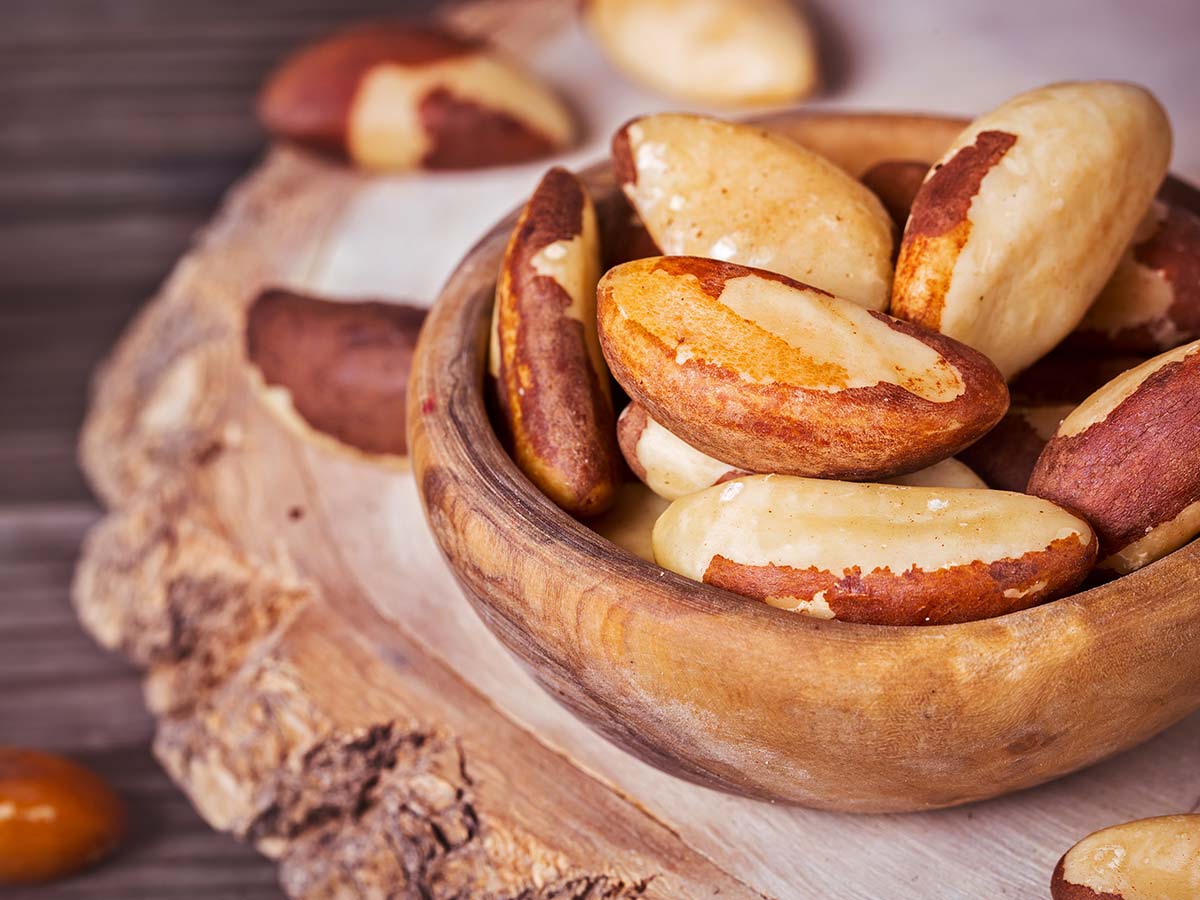
Brazil nuts seem innocent enough, but are they? Nope – or else they wouldn’t be on this list! They’re actually radioactive. Their radium levels can be up to 1,000 times higher than what you’d find in other foods. This is thanks to the elaborate root system, which soaks up more stuff than your average tree.
Brazil nuts also have a ton of selenium – 165% of your daily value. Too much selenium can lead to nausea, fatigue, diarrhea, irritability, and hair loss. Experts think you should only eat two brazil nuts at most per day.
Bean Sprouts

Bean sprouts are essential in Pad Thai, but they can be poisonous to humans. Bean sprouts are one of the worst culprits of harboring E. coli, salmonella, and listeria.
Not only can these bacteria cause significant gastrointestinal issues, they can even cause death. In 2011, 22 people were killed in Germany by an outbreak of E. coli that was linked to bean sprouts.
Rhubarb
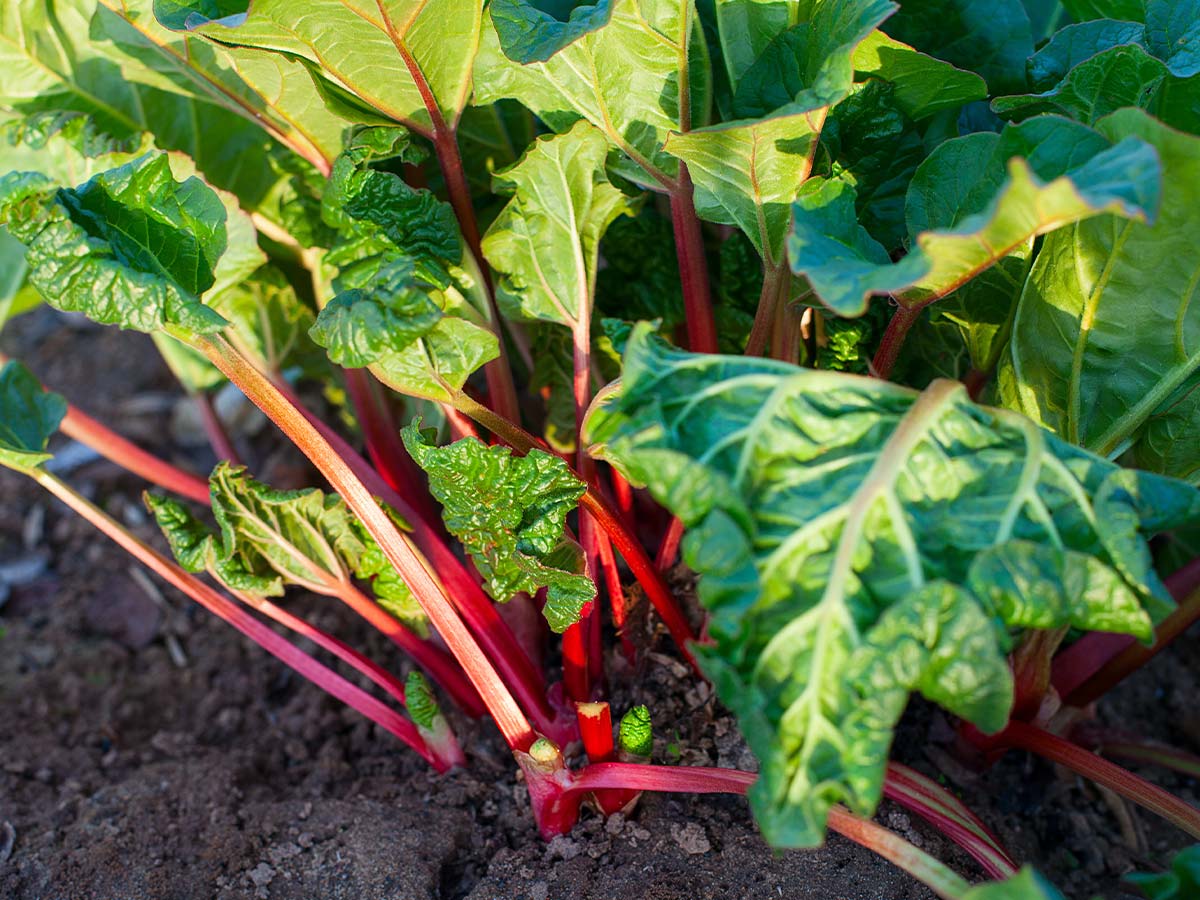
The rhubarb stalk is alright, but the leaves are incredibly poisonous because they contain oxalic acid. If humans ingest the leaves, it can cause kidney failure and even death.
Granted, it would take a lot of leaves to cause death, but that still doesn’t mean it’s alright to eat them.
Peaches

Peaches are delicious, but they’re a stone fruit. This means that the pit is extremely dangerous to consume. While you won’t get sick by biting into one pit accidentally, consuming them on purpose can land you in the hospital with cyanide poisoning.
When you're eating a peach (or any stone fruit) make sure to toss the pit. The last thing anyone needs is to end up in the hospital because of this poisonous pit!
Lychee
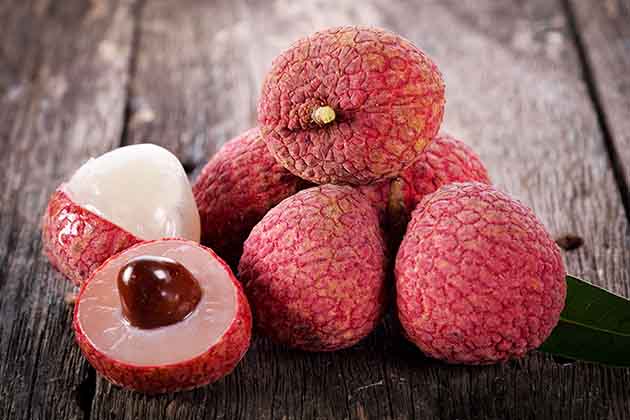
Lychee fruits are native to China and are juicy, beautiful, and dangerous. These spiky fruits contain hypoglycin, a naturally occurring toxin that causes extremely low blood sugar, fever, convulsions, and seizures.
If the fruit is unripe or you have low blood sugar, eating lychee could kill you.
Cassava

Cassava may not sound familiar, but tapioca is certainly something you’ve heard about. Tapioca is a starch that’s extracted from the root of the cassava plant. Unfortunately, this potato-like plant harbors a lot of cyanide.
A person can only eat them if they’ve been soaked and dried, but some people skip this process. In fact, 27 children died in 2005 when they ate cassava.
Raw Honey

Honey is a sweet treat that can also be used to soothe a sore throat, take the sting out of a burn, and help with skin conditions. Raw honey might seem like a great idea because it's less processed, but it can actually be dangerous to eat.
Raw honey can contain spores of the bacteria Clostridium botulinum, which can cause botulism poisoning and paralysis.
Absinthe
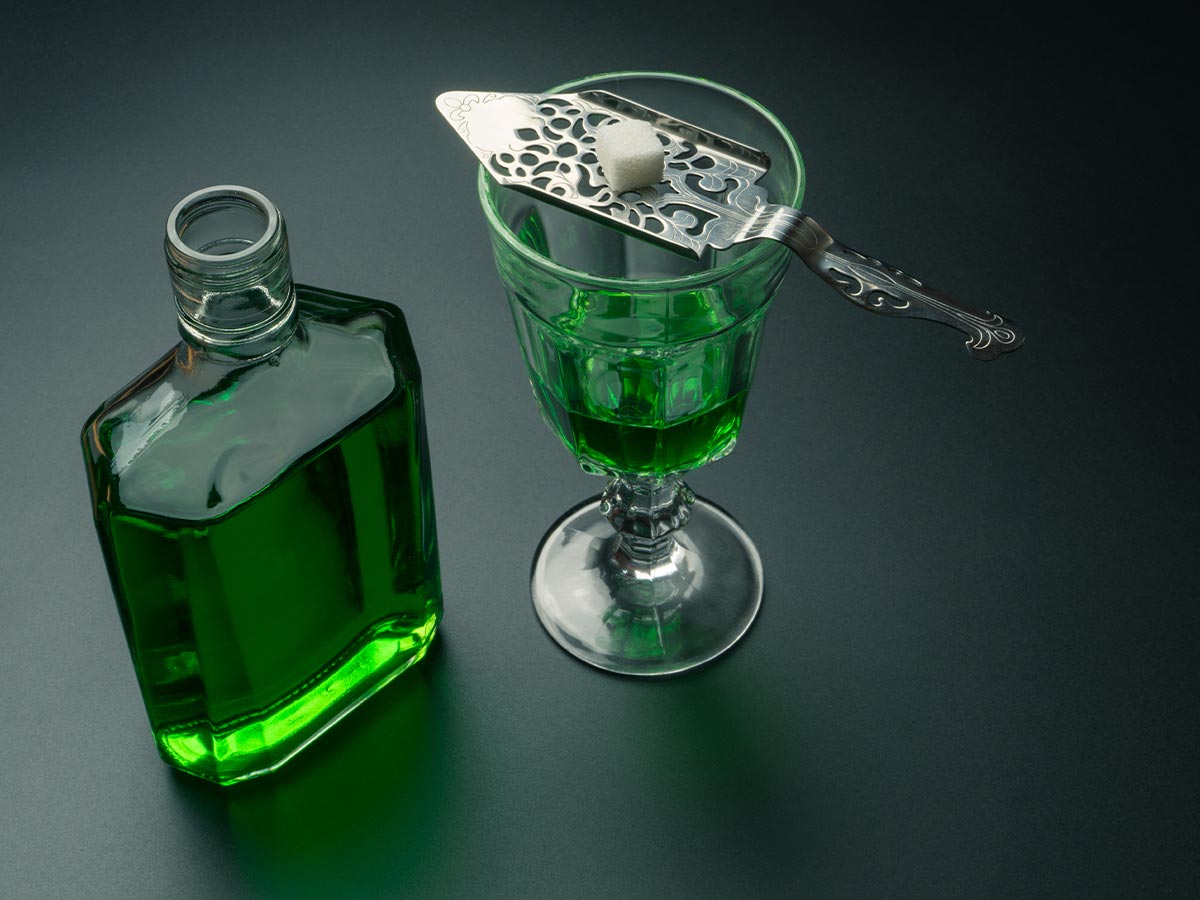
Absinthe is a popular, mysterious drink. It’s a potent liquor that causes hallucinations and intense euphoria. The drink isn’t legal in the United States for a good reason: it’s poisonous.
The liquor is derived from thujone, which can cause brain damage, hallucinations, and increased risk of suicide. Thankfully, any absinthe you find on the shelf isn’t made with thujone – at least in America.
Peanuts
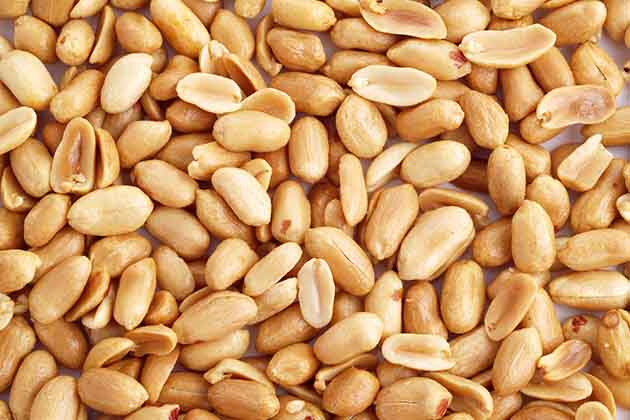
Peanuts are delicious and a great source of potassium, magnesium, and iron. However, because of their soft outer shell peanuts can be easily contaminated.
Any number of bacteria and chemicals, including salmonella, can infect a peanut, especially because they grow in the ground and are sensitive to moisture.
Acorns
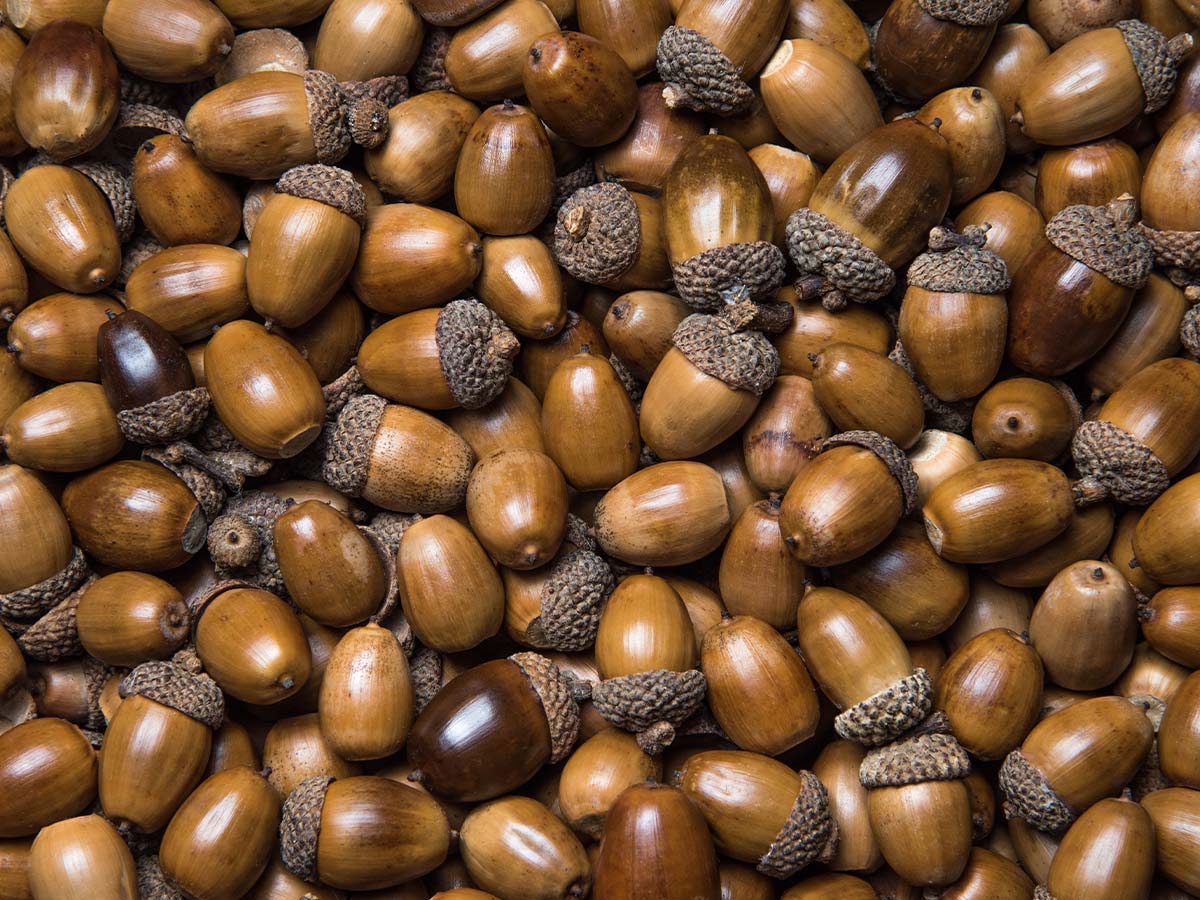
The first thing that might surprise you is the fact that acorns can be used as food. In fact, some Native American tribes use acorns to make bread, but it’s a strenuous process.
Acorns contain tannins, which can cause severe gastrointestinal issues. To make them edible, they need to be soaked for at least a day.
Blowfish
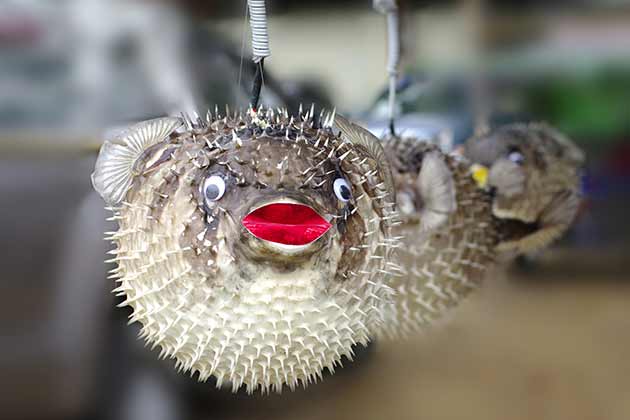
Blowfish is rarely eaten in the Western World, but in countries like Korea and Japan, it’s a specialty. While it may taste delicious, it’s potentially one of the more poisonous foods we can eat. It contains lethal amounts of tetrodotoxin, a chemical that causes paralysis. There is no antidote.
Despite the high risk, Eastern cultures really love blowfish, so they send their chefs off to school for three years so they know how to properly prepare this dangerous food.
Apricots
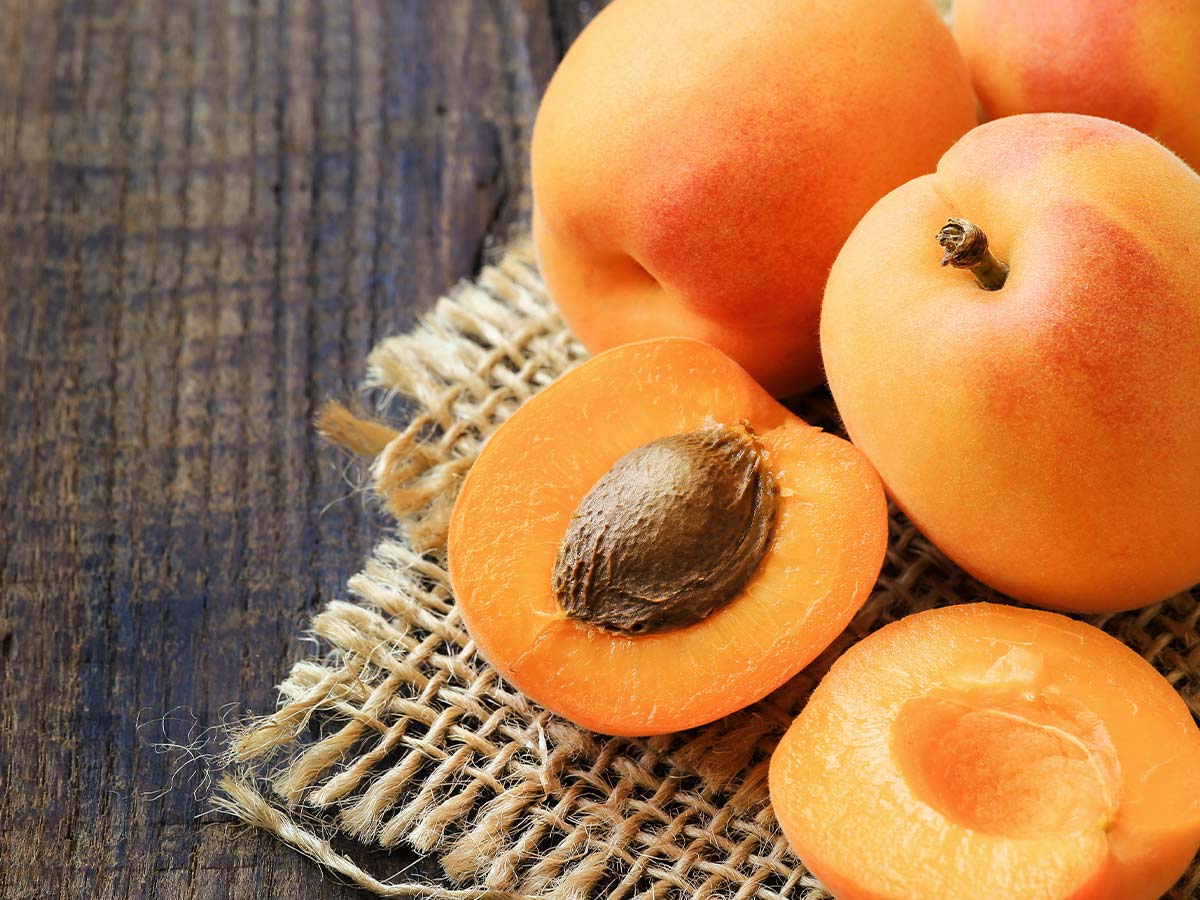
Like cherries, apricots have a large pit. Unsurprisingly, the pit contains a chemical called laetrile. This isn’t poisonous by itself, but our bodies turn it into cyanide, which is quite poisonous to us.
In fact, a man died in 2017 by eating too many apricot kernels. Yikes! Maybe it's best not to eat them at all if death is the outcome...
Ghost Chilis

Are chilis dangerous? We were as surprised as you to learn that this is delicious food can be bad for you. It’s well known that spicy foods contain capsaicin, but what you may not know is that this chemical can be had for you.
It’s an irritant that can cause major stomach problems and even death if you eat too many peppers. A challenge recently encouraged children to eat a ghost pepper, some eating more than one. It's no surprise that some ended up hospitalized.
Giant Bullfrog
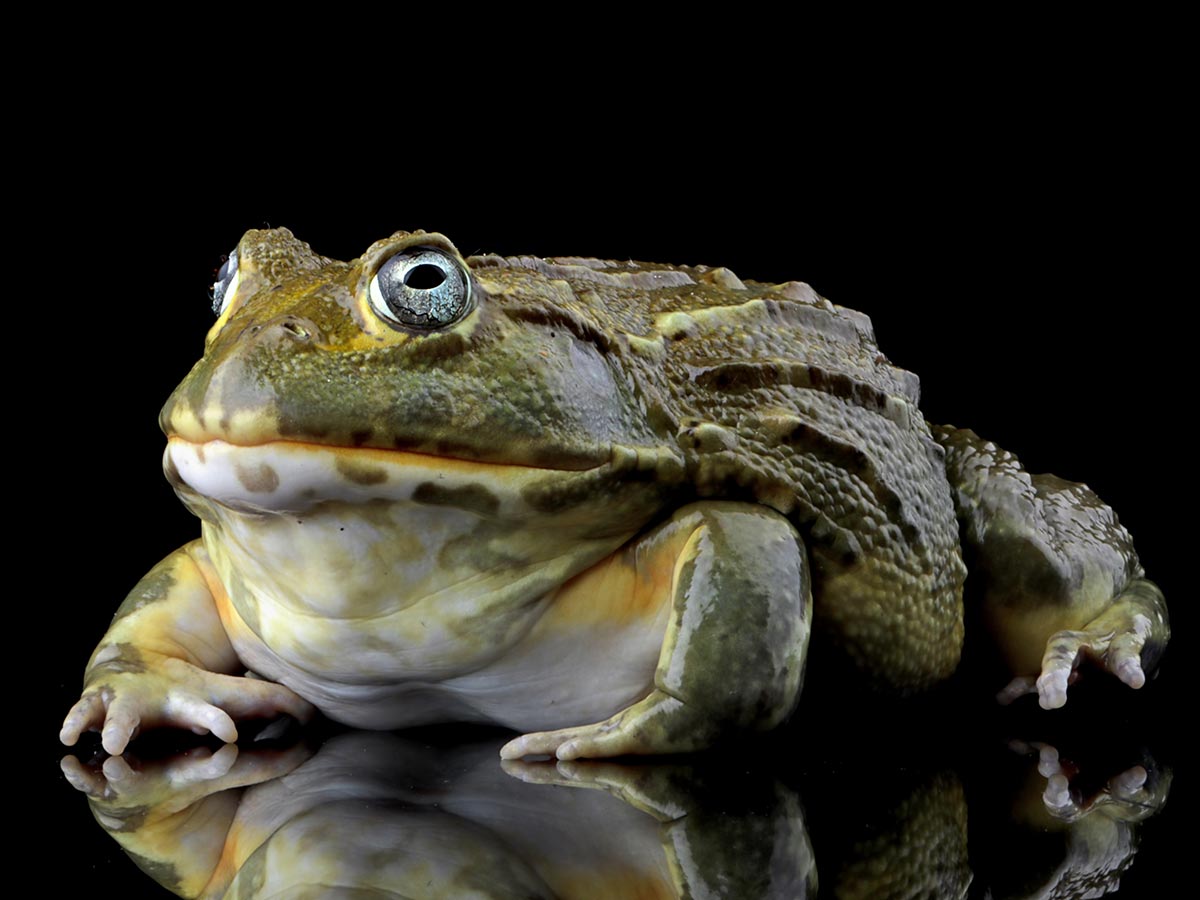
You’ve probably never eaten the giant bullfrog, but if you‘re in the country of Namibia, you may be tempted. It’s an African specialty and can be found throughout the country.
However, the young frogs can contain a poison that causes kidney failure. If someone eats a bullfrog that isn’t matured, it can cause severe illness and death.
Silver Strip Blaasop
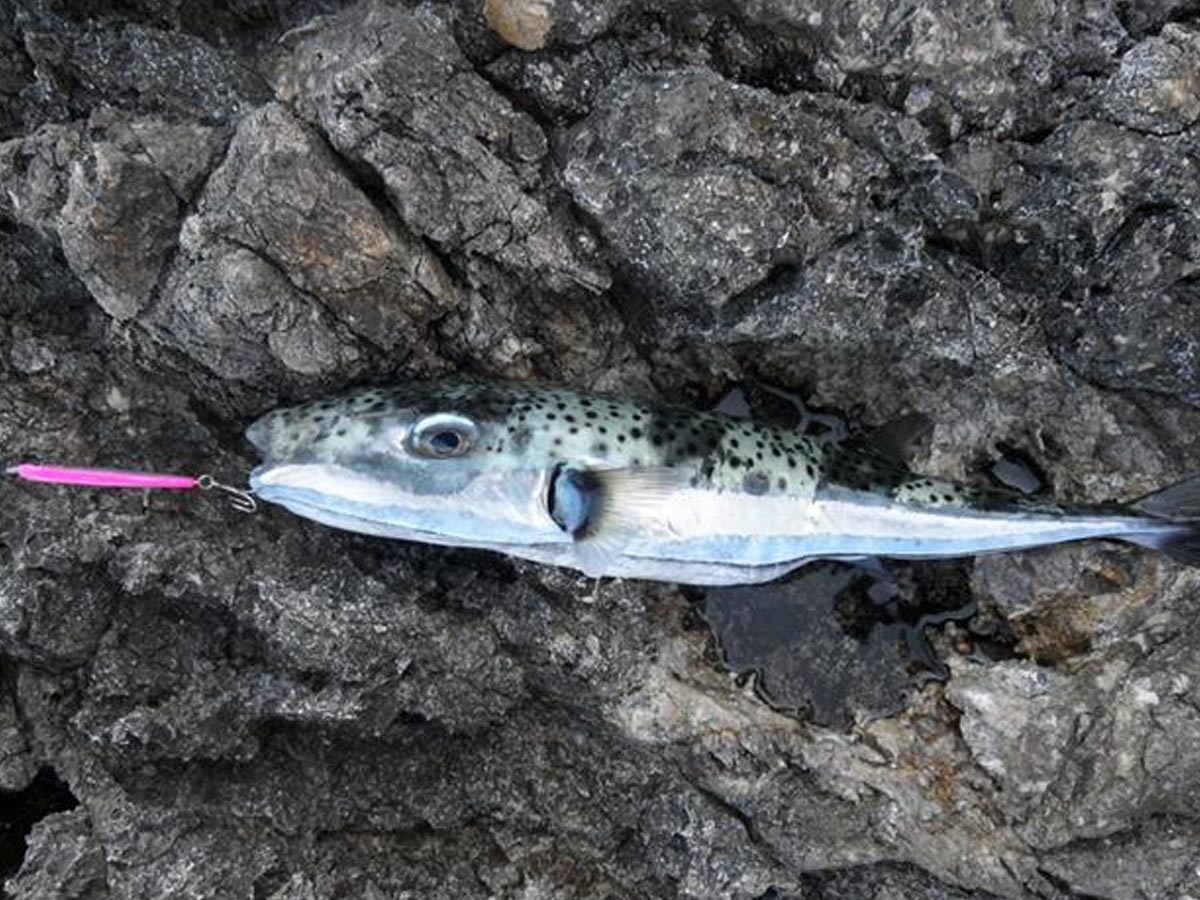
Going finishing in the Indian Ocean? If you catch a silver strip blaasop, you might want to throw it back. While edible, it has to be prepared with great caution.
Portions of the fish are fatally poisonous, including the skin, liver, and reproductive organs. It’s no surprise that this fish is a close cousin to the puffer fish.
Castor Beans

Castor beans are one of the more toxic items on this list. When you chew an uncooked one, the poison ricin is released. Even a single bean is enough to hospitalize, if not kill a grown human.
It takes several days to kill you, but it’s one of the most poisonous plants around.
Ackee
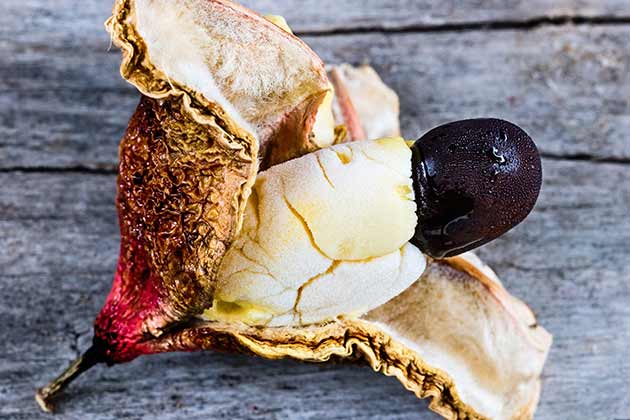
You’ve probably never heard of this fruit, but it’s delicious. It’s native to West Africa and popular in Jamaica. It can also induce Jamaican Vomiting Sickness when eaten incorrectly. This sickness can, as the name implies, lead the inflicted into severe discomfort, bouts of vomiting, and even death.
The fruit cannot be eaten when it’s unripe, nor can you eat the outside or the seeds. The yellow arils are the only edible part. People keep going back to this fruit though, so it must be delicious to risk that much.
Raw Egg Yolk

It might seem like a no-brainer to avoid raw eggs, but you might not think about it when eating dishes like steak tartare that come with an egg yolk on top. In general, pasteurized eggs are safe but all eggs have some risk of containing salmonella.
Make sure to cook your egg yolk, even if it's just a little, to avoid getting food poisoning.
 Author
Olivia Reynolds
Last Updated: December 15, 2025
Author
Olivia Reynolds
Last Updated: December 15, 2025